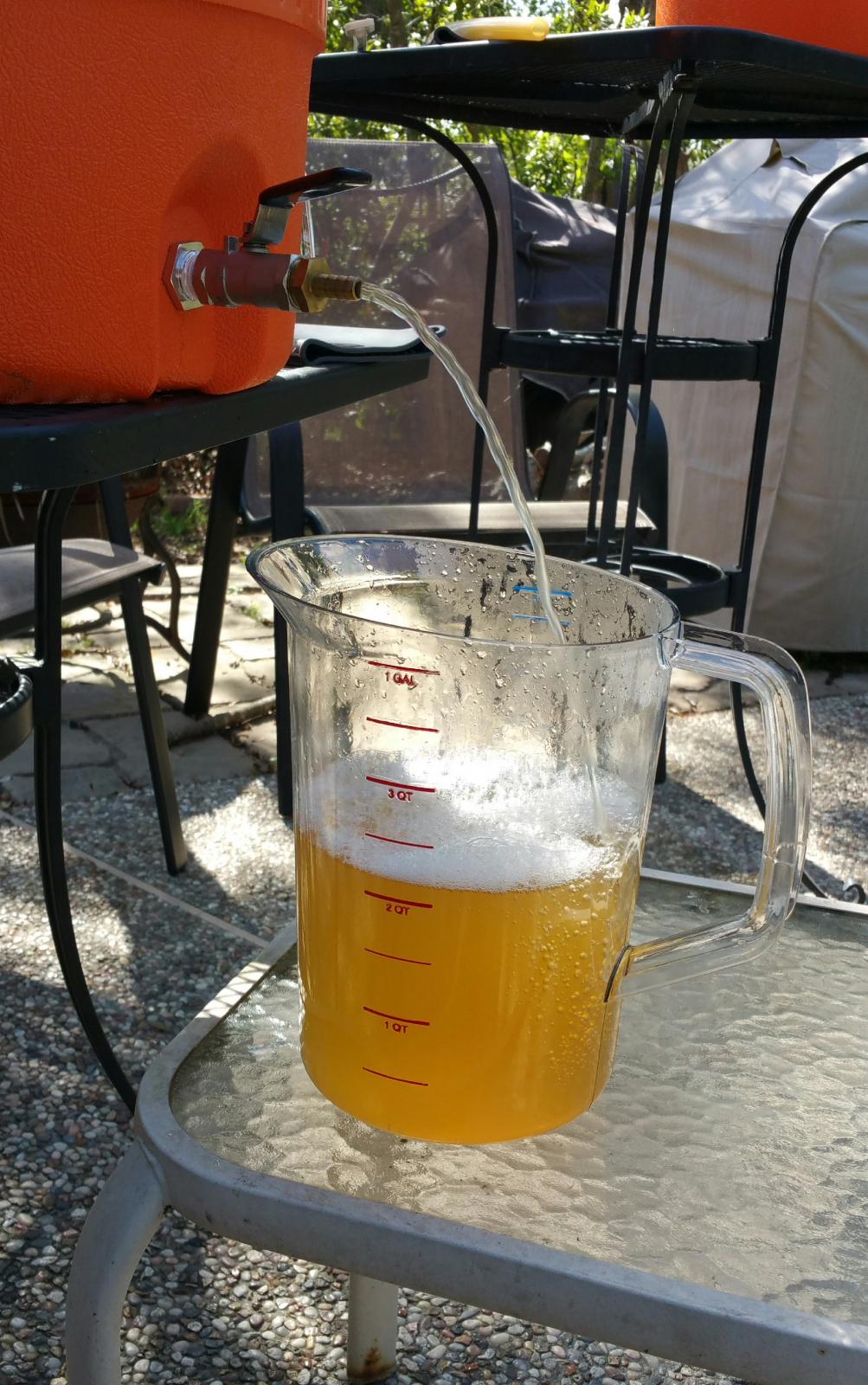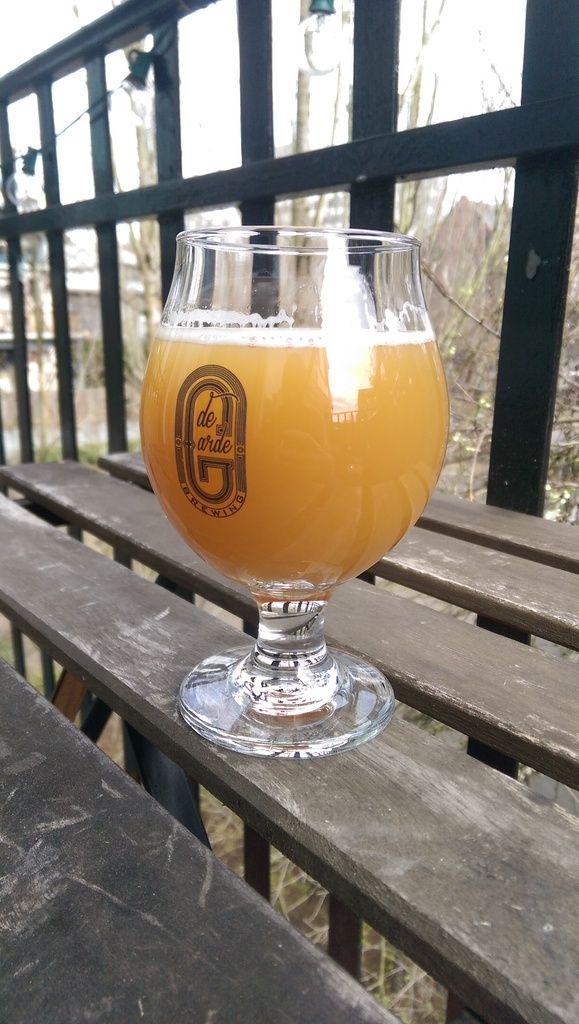Just get them at Walmart or grocery store. Make sure to use a water calculator...... we are really talking about small amounts.
I think typically I am using approximately the following per 5 gallons:
3-3.5 grams CaCl
1 Gram Gypsum
.5 gram Canning Salt
.5 gram Epsom Salt.
(also getting a bit from my 20% tap water that goes with 80% RO Water).
OK I went into Bru'n water and threw in some canning salt and Epsom salt additions. How does this look again using ALL RO water.
Cal- 80
Mag- 9.9
Sodium- 31.2
Sulfate- 76
Chloride- 162.8
Hardness- 241
Mash pH- 5.3
It amounts to:
Gypsum- .25 Gram/Gal
Epsom- .38
Can salt- .30
Cal Chloride- .90
Lactic Acid- .19 mL/Gal
So how does this look now I can give you the actual mash and sparge additions but thought that's be overkill LOL.


















![Craft A Brew - Safale BE-256 Yeast - Fermentis - Belgian Ale Dry Yeast - For Belgian & Strong Ales - Ingredients for Home Brewing - Beer Making Supplies - [3 Pack]](https://m.media-amazon.com/images/I/51bcKEwQmWL._SL500_.jpg)









































